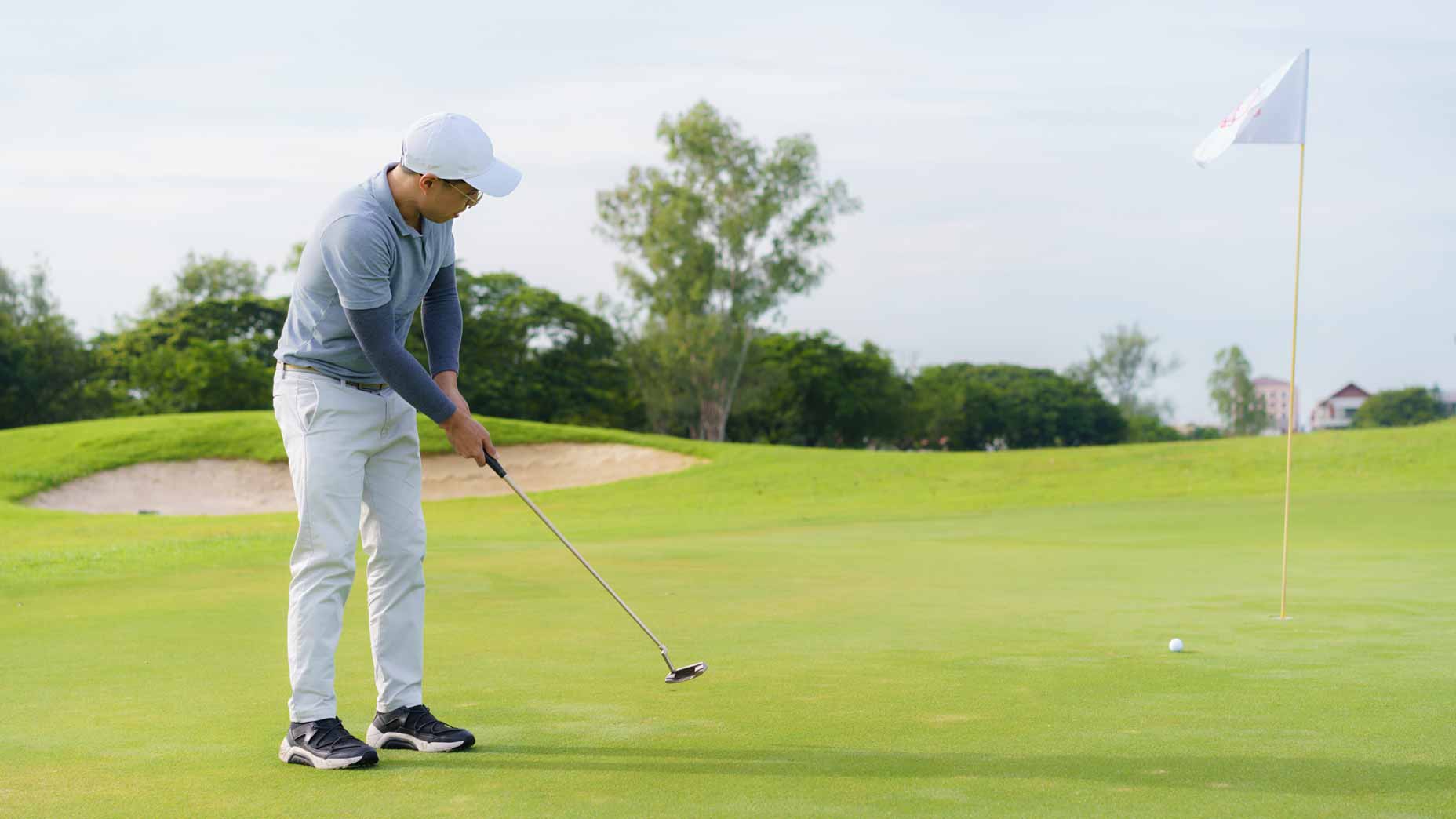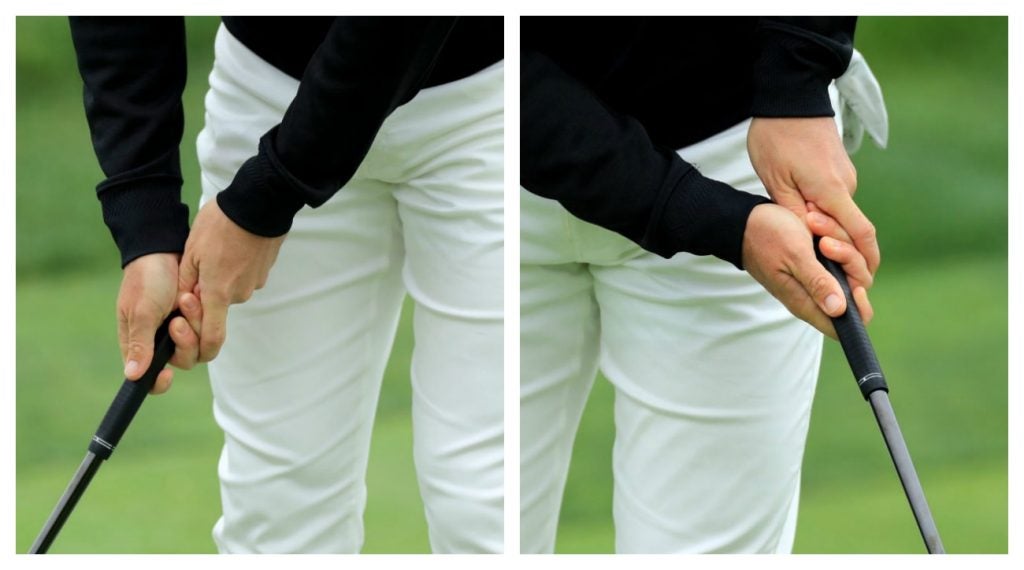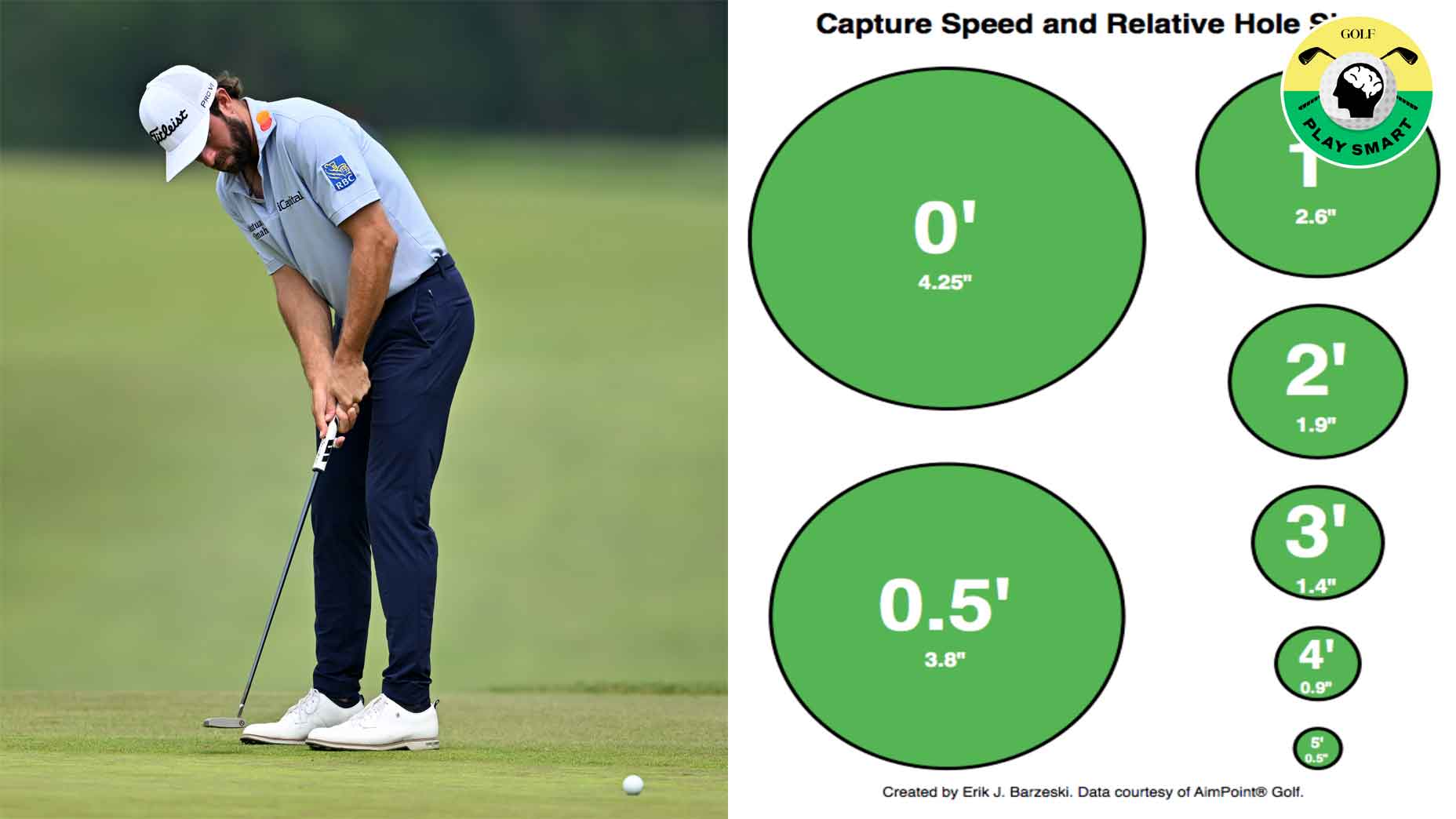 Master green speeds with this five-step putting calibration
Master green speeds with this five-step putting calibration
What is a reverse overlap putting grip (and how can it help your game)?
I was having a conversation with a friend of mine the other day when — shocker — the subject of golf came up. Putting, specifically. We were talking about different types of putting grips, and I mentioned that I’ve been using a textbook, conventional, reverse overlap grip for basically my entire life.
“What’s that?” he said.
I was taken aback, so I asked a few others and the response was the same. I even put the question to Twitter and the results told a similar story. Turns out I’d developed a bit of a blind spot. Despite it being the most commonly-used putting grip on tour, the reverse overlap grip isn’t something that all too many golfers know about.
Be honest, this is a safe space.
— LKD (@LukeKerrDineen) December 4, 2019
Do you know what a reverse overlap grip is?
So, what is the reverse overlap? It’s the conventionally standard grip used for putting that is as it sounds: reversing the overlap grip that so many golfers use on their full swing. Rather than your pinky finger resting just on top of your index finger, its your index finger that moves to overlap your pinky and index fingers.

ADVERTISEMENT
What’s the point of this? Well, the theory is that the interlocking and overlapping grips are designed, above all else, to help the hands work together to release the club as you swing. The reverse overlap grip helps prevent the potential rolling of the hands, and keeps the grip more in each palm for increased control.
It’s become the conventional standard, mostly because it’s been around for so long, and it’s used by pros far and wide, from Tiger to Rory and everyone in between.

If you’re reading this and now wondering if you should switch to a reverse overlap putting grip, I wouldn’t lose sleep over it — especially if you’re already a good putter. There’s lots of variance in putting technique because it’s a deceptively simple art. When it comes to selecting a certain grip, abide by David Orr’s golden rule: The number one thing they need to decide is which grip style makes them feel the most coordinated.
ADVERTISEMENT





